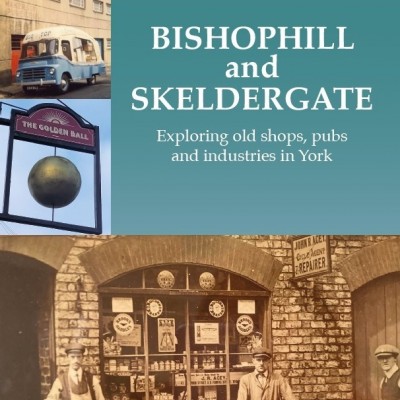



View navigation
Between 1914 and 1918 an estimated two million women replaced men in employment nationally as conscription bit and casualties rose. By the end of 1918 it was illegal to exclude women from work on the grounds of gender. If this sounds like progress towards women’s liberation, as a sound-clip entitled ‘Feminism’ in this exhibition seems to propose, it is worth noting that the path doubled back sharply, as much wartime employment – like the munitions work at Barnbow – disappeared at the Armistice; and the ‘Pre-war Practices Act’ of 1919 stipulated that women had to give up their wartime jobs to returning servicemen.
By juxtaposing information and brief expressions of opinion, the exhibition on Women Work and War at Armley Mills raises many more questions than it answers, and works best as a provocation to further investigation. To this end there is an associated programme of activities and talks scheduled to November 2016 and information from a variety of sources to be discovered elsewhere online. A site of particular interest is Striking Women: Women and Work, part of a collaboration between the Universities of Leeds and Lincoln, as it provides the perspective of labour relations from the 19th century to the present day in which the situation of women in World War 1 can be contextualised.
What is the relationship between the demands of war and women’s struggle for equality in the workplace? Is it possible that women were both empowered and exploited in their new roles as workers, and differently so, depending on individual circumstances? Information boards summarising the cases of several of the munitions workers at the Barnbow plant affected by an explosion in the shell-filling room that killed 38 women in December 1916 suggests this must be the case. It is hard to see how Mary Elizabeth Wortley, a 38 year-old mother of ten, could have been making the journey from her home in York to gruelling 8 hour shifts working with toxic explosives for any other reason than financial need. Her board records the heart-wrenching fact that her husband walked all the way from York to Leeds to identify her remains. Where some women may indeed have spent extra income earned through wartime employment on clothes and make-up, and very much enjoyed the camaraderie of the workplace, as is suggested elsewhere in the exhibition, for many it must have been primarily a case of getting food on the table to keep bodies and souls together.
The exhibition is visually distinctive, making use of contemporary logos in yellow, black and white to create the feel of a present day industrial site alive with hazard. This stands out in the soft gloom that pervades the rest of Armley Mills, offering visitors an equivalent to the effect on the Barnbow workers of finding themselves thrust into an alien and high-risk industrial facility.
Distinctive display boards carry the theme into the permanent displays dealing with the garment trade (Leeds produced 75,000 + items a week for the army), and the printing industry. A map of the top-secret 200 acre Barnbow site during World War 1 printed on the floor seems a particularly simple and effective way of making complex information available. Smell boxes have sensory immediacy, but aren’t clearly labelled, so it isn’t obvious what we’re smelling. It would be good to know, as the Barnbow ‘canaries’, their skin and hair turned yellow by cordite, surely would.